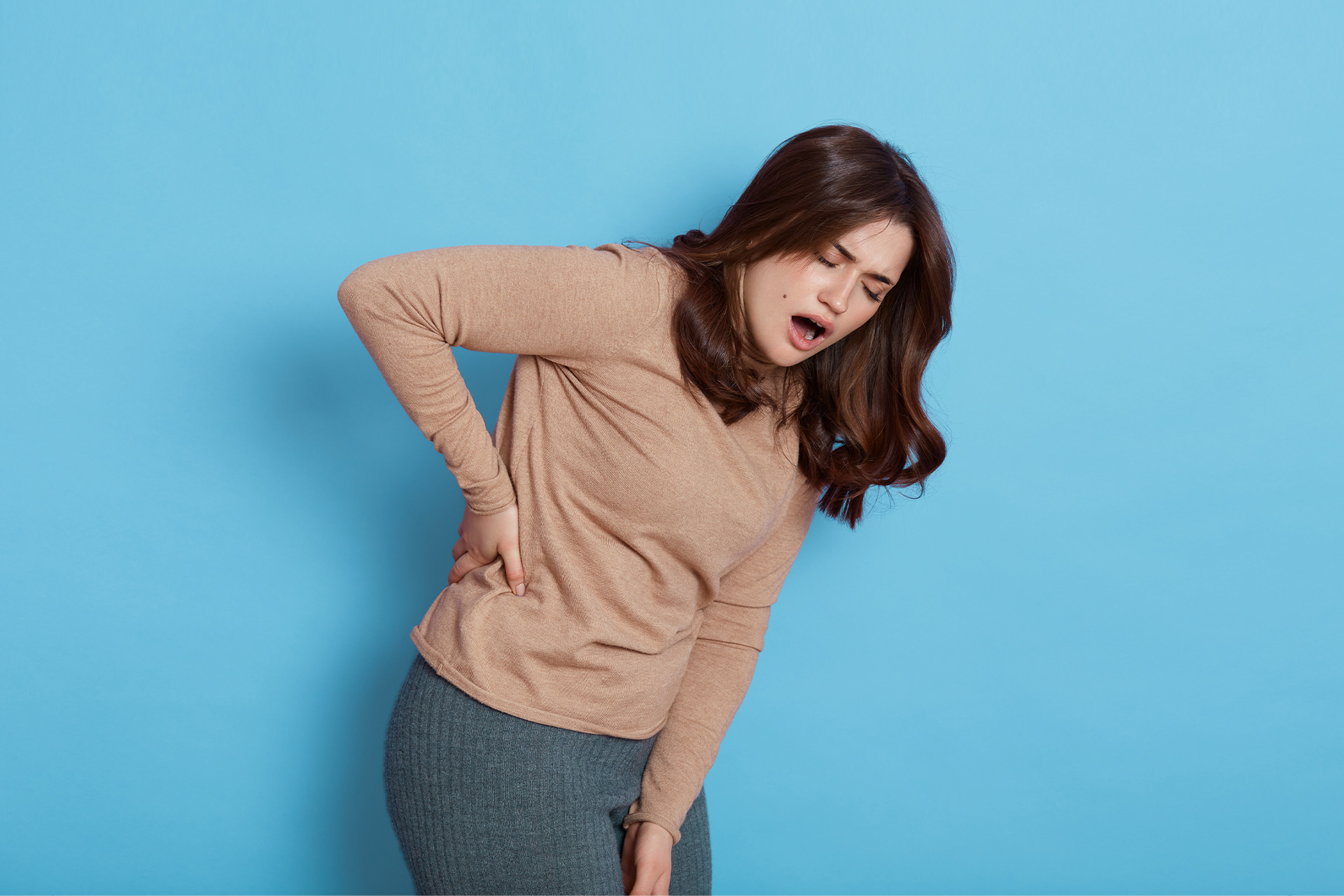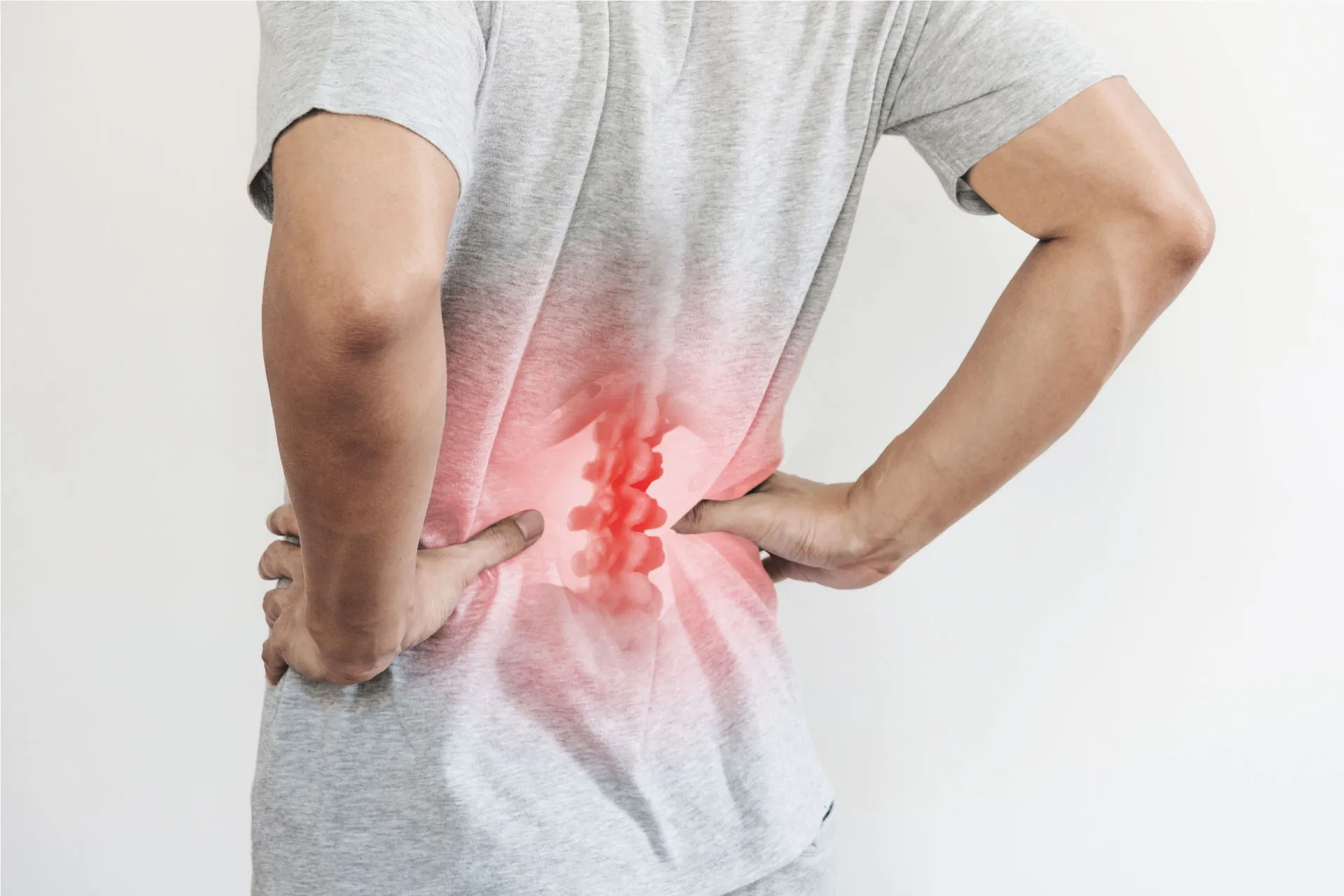Orthopaedic | 6 min read
Scoliosis: Causes, Symptoms, Treatment and Diagnosis
Medically reviewed by
Table of Content
Synopsis
Scoliosis is a condition affecting your spine. While scoliosis of the spine can be diagnosed during the first 7 years, adult scoliosis occurs in puberty. Read to know more about scoliosis treatment.
Key Takeaways
- Scoliosis of the spine causes an abnormal curvature
- Scoliosis pain in your back is a common symptom
- Plaster casing is used as scoliosis treatment for babies
Scoliosis is a condition affecting your spine. In scoliosis of the spine, you may see an abnormal curvature of the backbone. A normal spine shape has a curve near the shoulder and lowers the back. If you notice your spine either in a C or S shape, you may be suffering from scoliosis and scoliosis treatment vary on the severity of the curve.
Scoliosis can be diagnosed within a child’s first seven years. The main reasons for scoliosis among kids may be genetics, neurological defects, or congenital problems [1]. Keep in mind that scoliosis symptoms can be recognized when you reach puberty too. This is called adult scoliosis, as you’ll be to identify the abnormal curve since your skeletal growth is complete by then. Scoliosis is also said to affect women more than men.
Though scoliosis of the spine can affect any part of your spinal column, your lower back, and upper spine regions are the ones that are mainly affected. In the case of thoracic scoliosis, you may notice the curve sideways in the thoracic region of the spine. Thoracic areas of your spine are the most commonly affected areas of scoliosis. In thoracic scoliosis, you may observe that your middle spine regions form a curve resembling the letter C.
Approximately 5 million Indian individuals suffer from scoliosis of the spine. What is more alarming is that the incidence of scoliosis in children is at a higher rate which is close to 3% or 39 million. This can be minimized if doctors are able to detect scoliosis at an early age. From a study conducted among individuals with congenital scoliosis, it was concluded that approximately 47% of individuals had intraspinal anomalies [2]. This highlights the importance of getting an MRI Scan of the whole spine done when this condition is detected at birth.
To create awareness about scoliosis of the spine and thoracic scoliosis, the month of June is being observed every year as the Scoliosis Awareness Month. While some scoliosis cases are less impactful, severe cases can lead to disability. So, timely scoliosis treatment is vital for reducing scoliosis pain and its symptoms.
Read further to get an in-depth understanding of scoliosis, its symptoms, and scoliosis treatment methods.
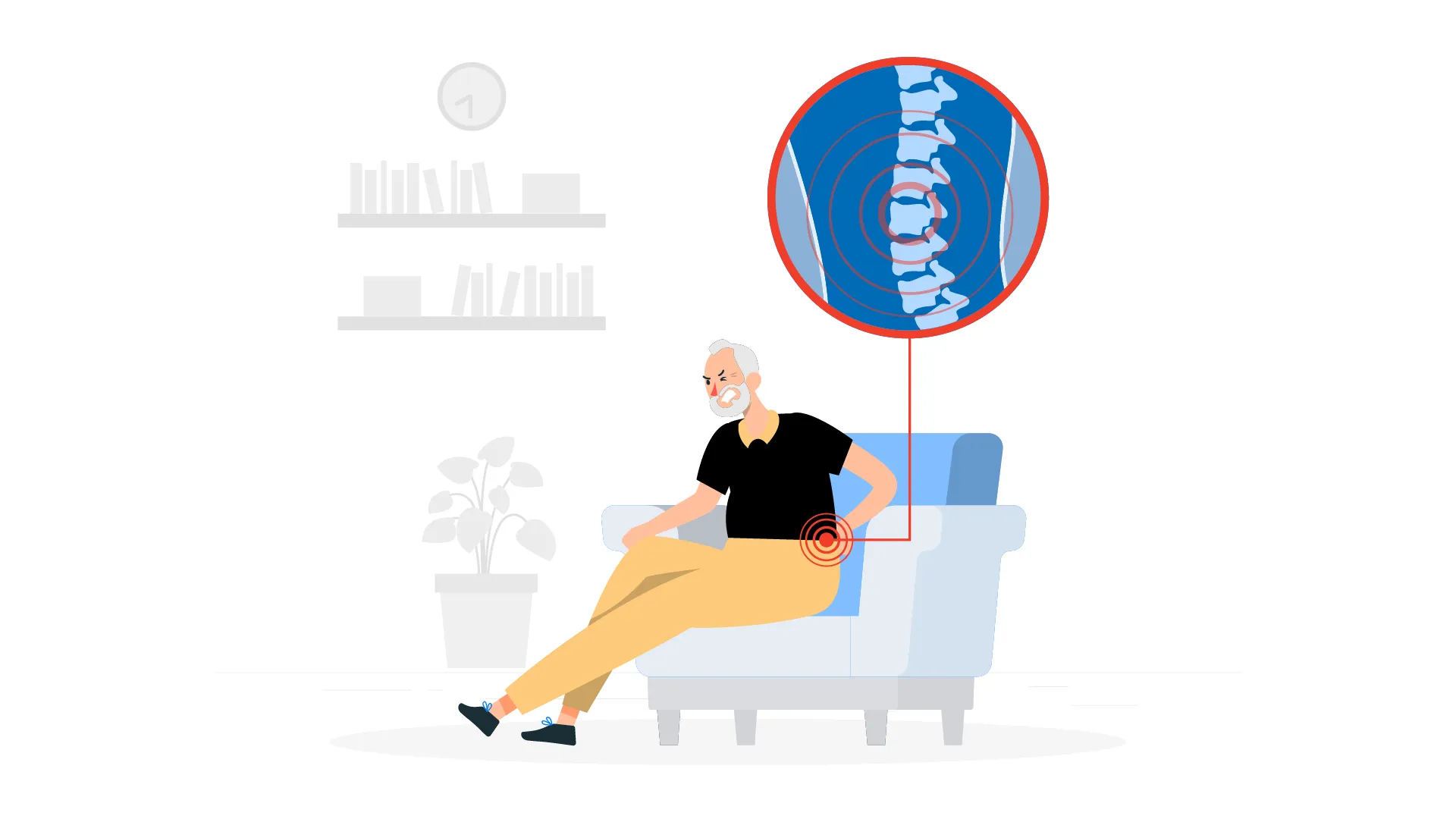 Additional read: Ayurvedic Treatment for Back Pain
Additional read: Ayurvedic Treatment for Back PainScoliosis Causes
While the exact cause of scoliosis is still being researched, here are a few factors that may result in the scoliosis of the spine.
- Weakness of muscles called muscular dystrophy
- Infections in your spine
- Spinal injuries
- Congenital defects affecting spinal development
- Neuromuscular illnesses such as cerebral palsy
- Degeneration of bones resulting in secondary scoliosis
- A disorder affecting your connective tissues
Though these are not the most common scoliosis causes, be aware that the exact cause remains unknown in a majority of scoliosis cases. If the scoliosis of the spine runs in your family, you are more likely to acquire this condition.
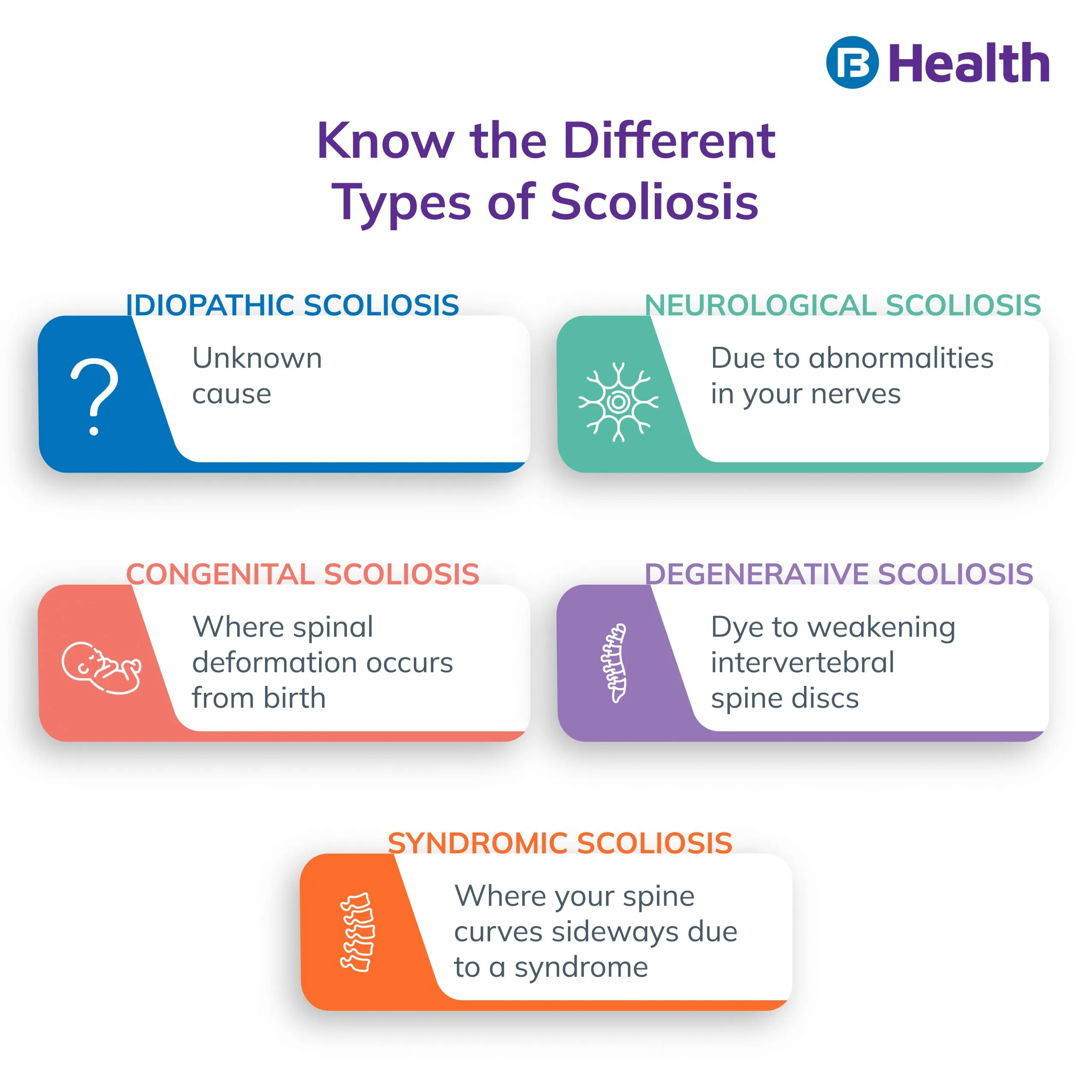
Scoliosis Symptoms
Depending on the extent of scoliosis of the spine, you may observe varying symptoms. While scoliosis pain in the back is a common symptom, you may observe uneven hip formation too. Few other common scoliosis symptoms include:
- A spine that keeps rotating
- Increased length of one shoulder blade compared to the other one
- One shoulder is placed higher than the other blade
- One side of the hip becomes higher than the other side
- Your body tilts towards one side
- Presence of a curved spine
In the case of thoracic scoliosis, you may even notice that the rib cage is in an uneven position. There may be a difference in the position of breasts as well. Thoracic scoliosis affects children between the age groups of 10 and 15 years most commonly. In the case of adults, scoliosis pain may even cause numbness and a tingling sensation in your legs. You may find it hard to stand or walk for a long time due to severe scoliosis pain in the legs.
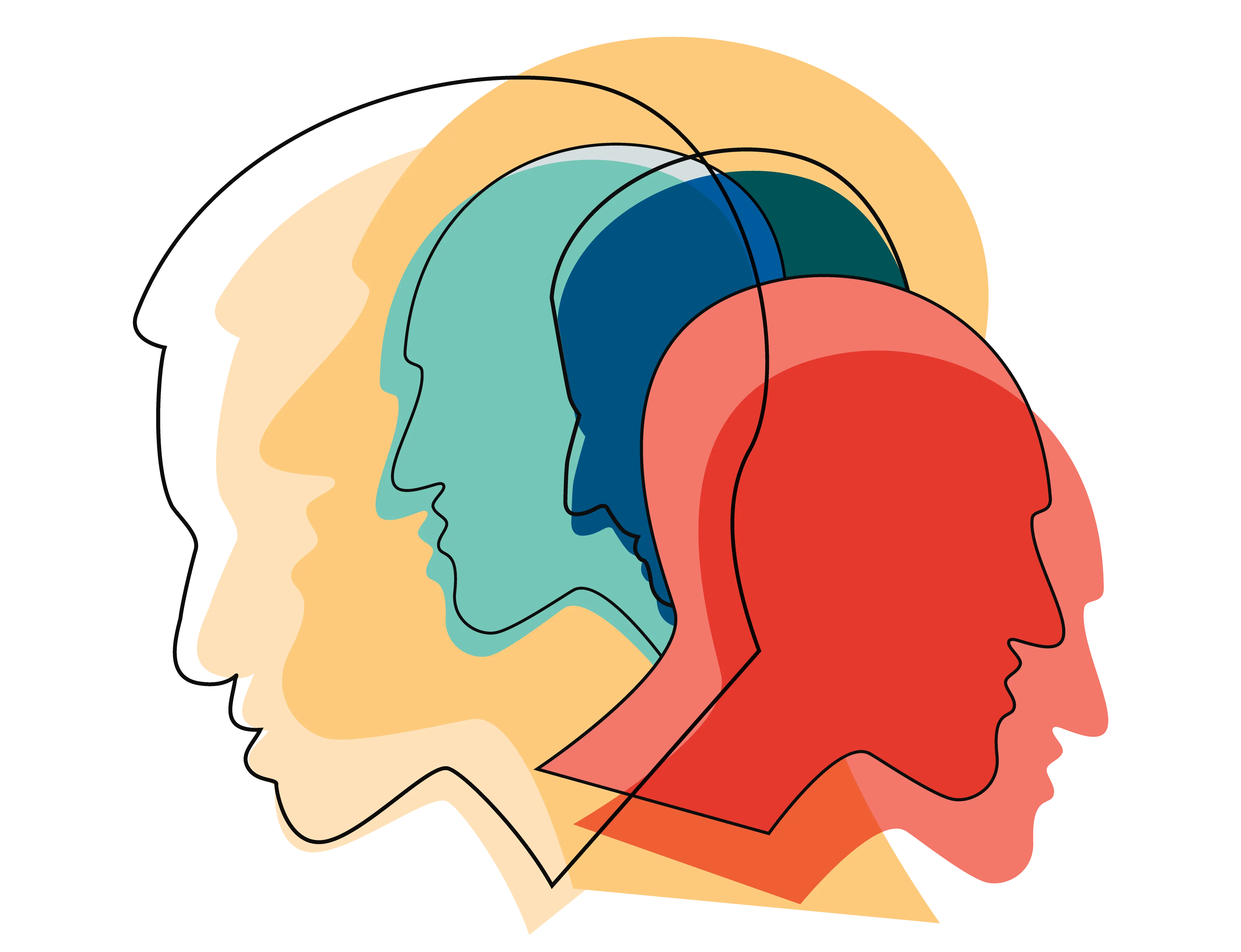
Scoliosis Diagnosis
The first step in detecting scoliosis is by conducting a physical examination. You may be asked to stand straight with your arms stretched to the sides. This way, your doctor checks if your spine is curved. With the help of this physical scoliosis examination, the symmetry of your shoulder and waist area is also measured. To check if your upper or lower back is curved, you may have to bend forward.
For a detailed analysis of your spine to detect scoliosis, you may have to undergo a few imaging tests. Here are a few diagnostic procedures commonly prescribed to detect scoliosis of the spine.
- Bone scan to detect any abnormalities in your bone structure
- MRI to assess the condition of your bones and their tissues
- X-ray to get a clear image of your spine
- CT scan for a proper understanding of your complete body structure
Scoliosis Treatment
If the curve is between 10 and 25 degrees, your ortho specialist may check you at regular intervals to understand if your scoliosis condition is improving. However, in case the curve lies between 25 and 40 degrees, you may be asked to use braces. Any value greater than these requires surgery as your skeletal system is considered to be immature.
Before finalizing a scoliosis treatment plan, your doctor may consider a few factors you’re your gender, severity, and position of your curve, your bone maturity, and so on. If a baby has acquired scoliosis, a plaster casing is the preferred treatment option. With the help of this casing, the baby’s spine lengthens into an accurate position.
If your doctor recommends bracing, it prevents your spine from curving anymore. Though they cannot cure scoliosis, braces are ideal for individuals with moderate scoliosis. In the case of surgery, spinal fusion is the most preferred scoliosis treatment plan. This scoliosis surgery is completed by fusing your vertebrae with the help of screws, rods, and grafts.
While scoliosis pain is unbearable, you may stretch your body and do certain exercises to reduce the pain. Yoga is said to be helpful for this condition too. You can also take medications to minimize scoliosis pain after consulting with your doctor. With a proper scoliosis treatment plan, you can manage scoliosis symptoms better.
Connect to top orthopedic specialists on Bajaj Finserv Health for any type of bone and joint issues like scoliosis, bone fracture, and bursitis. Book an online doctor consultation right from your smartphone and resolve your concerns from the comfort of your home. You can also book an in-person consultation and follow the doctor’s treatment plan. Don’t delay, as timely medical intervention can help you manage all your health issues and allow you to live a fulfilling life.
References
- https://www.ncbi.nlm.nih.gov/pmc/articles/PMC2532872/
- https://www.ncbi.nlm.nih.gov/pmc/articles/PMC4843064/
Disclaimer
Please note that this article is solely meant for informational purposes and Bajaj Finserv Health Limited (“BFHL”) does not shoulder any responsibility of the views/advice/information expressed/given by the writer/reviewer/originator. This article should not be considered as a substitute for any medical advice, diagnosis or treatment. Always consult with your trusted physician/qualified healthcare professional to evaluate your medical condition. The above article has been reviewed by a qualified doctor and BFHL is not responsible for any damages for any information or services provided by any third party.
